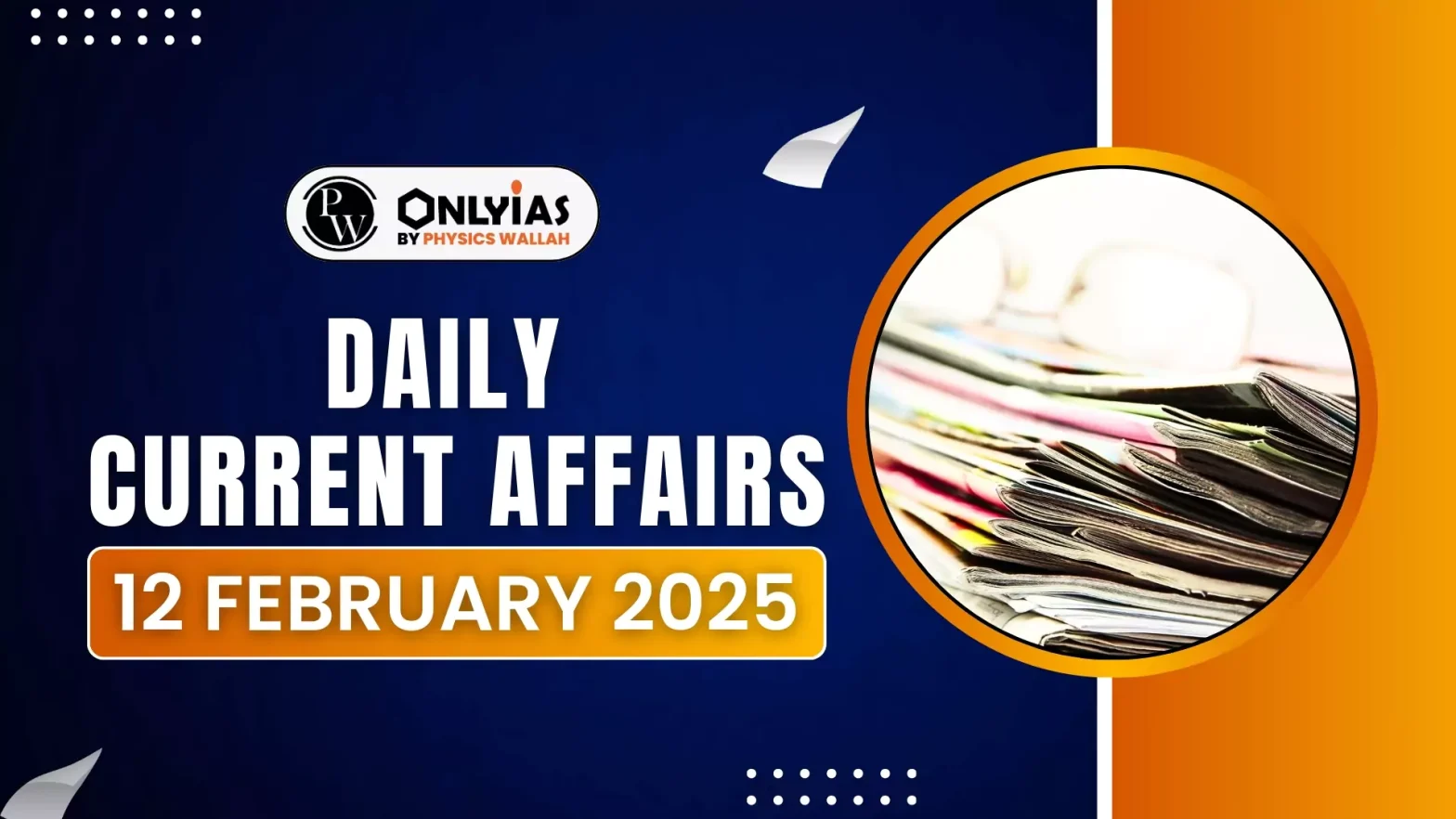The Reserve Bank of India (RBI) has decided to defer the implementation of the revised Liquidity Coverage Ratio (LCR) norms.
About LCR
- The Liquidity Coverage Ratio (LCR) is a financial ratio that measures the proportion of High-Quality Liquid Assets (HQLA) held by financial institutions.
- HQLA refers to highly liquid financial instruments that can be quickly converted into cash with minimal or no loss of value.
- HQLA assets can also be used as collateral for borrowing purposes.
Enroll now for UPSC Online Classes
- HQLA Include:
- Cash
- Short-term bonds
- Other cash equivalents
- Excess Statutory Liquidity Ratio (SLR)
- Marginal Standing Facility (MSF) assets
- Facility to Avail Liquidity for Liquidity Coverage Ratio (FALLCR) is set at 15% of the bank’s deposits from April 1, 2020.
- Objective of LCR: To enhance the resilience of the banking sector.
- It ensures that banks maintain sufficient liquid assets to survive a 30-day period of severe liquidity stress.
- Limitation of LCR: Higher LCR requirements may lead to banks holding more cash, reducing their ability to issue new loans.
- This could slow economic growth by limiting the availability of credit.
- Formula: LCR = High-Quality Liquid Asset Amount (HQLA) / Total Net Cash Flow Amount
- LCR Introduction: As Part of the Basel III reforms to improve liquidity risk management in the banking sector.
Basel Committee on Banking Supervision (BCBS)
- The BCBS is the primary global standard setter for the prudential regulation of banks and provides a forum for regular cooperation on banking supervisory matters.
- Its 45 members comprise central banks and bank supervisors from 28 jurisdictions.
|
Check Out UPSC NCERT Textbooks From PW Store
- Basel III Requirements: The Basel Committee on Banking Supervision (BCBS) introduced the Liquidity Coverage Ratio (LCR) in 2010.
- It was implemented after the 2008 financial crisis to strengthen banks’ liquidity risk management.
- The initial LCR requirement was set at 60% in 2015.
- It was gradually increased to 100% by 2019 to achieve full compliance.
Ready to boost your UPSC 2025 preparation? Join PW’s UPSC online courses today!
![]() 12 Feb 2025
12 Feb 2025

